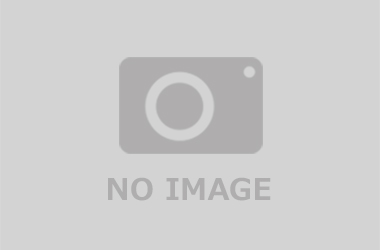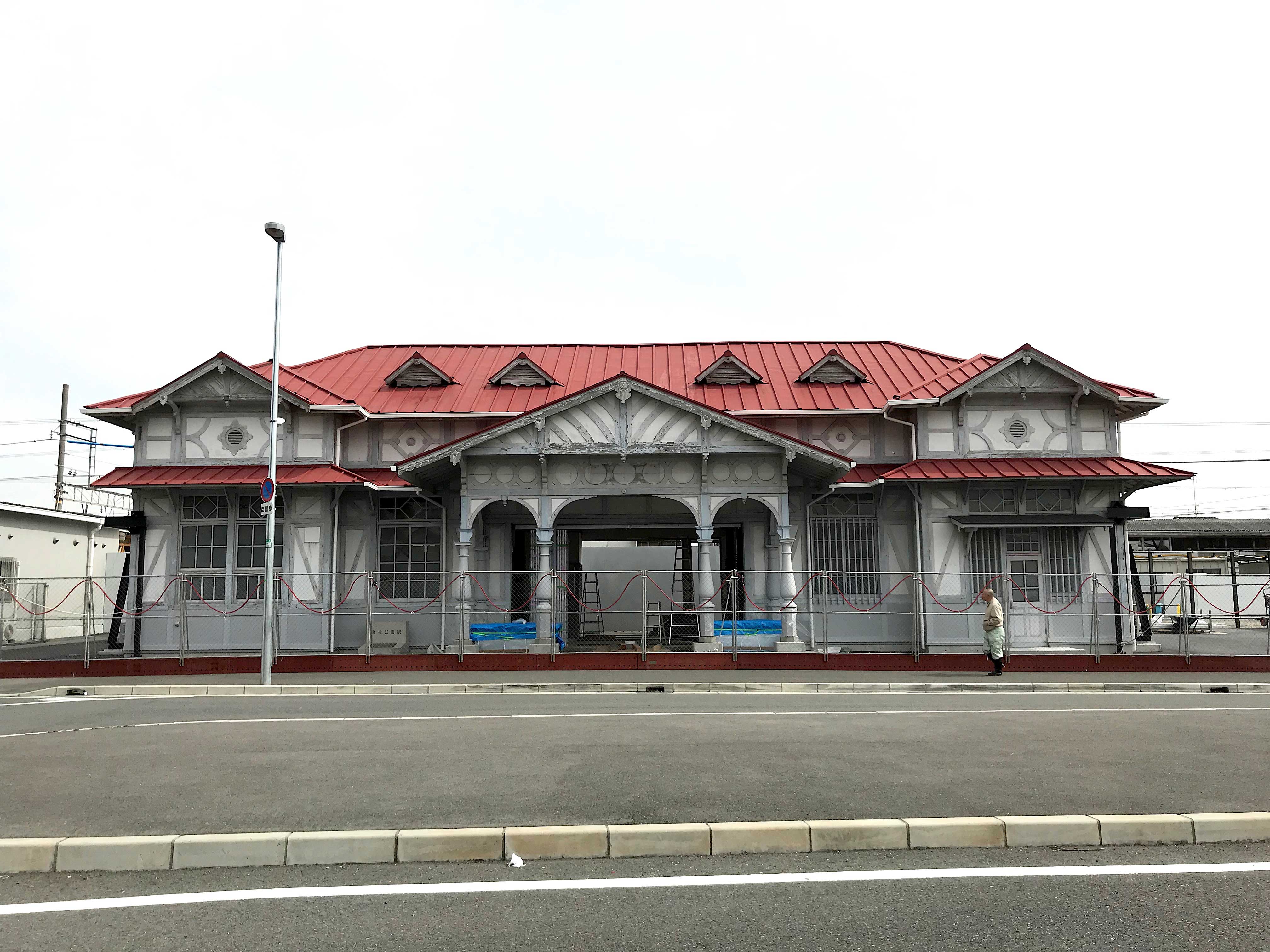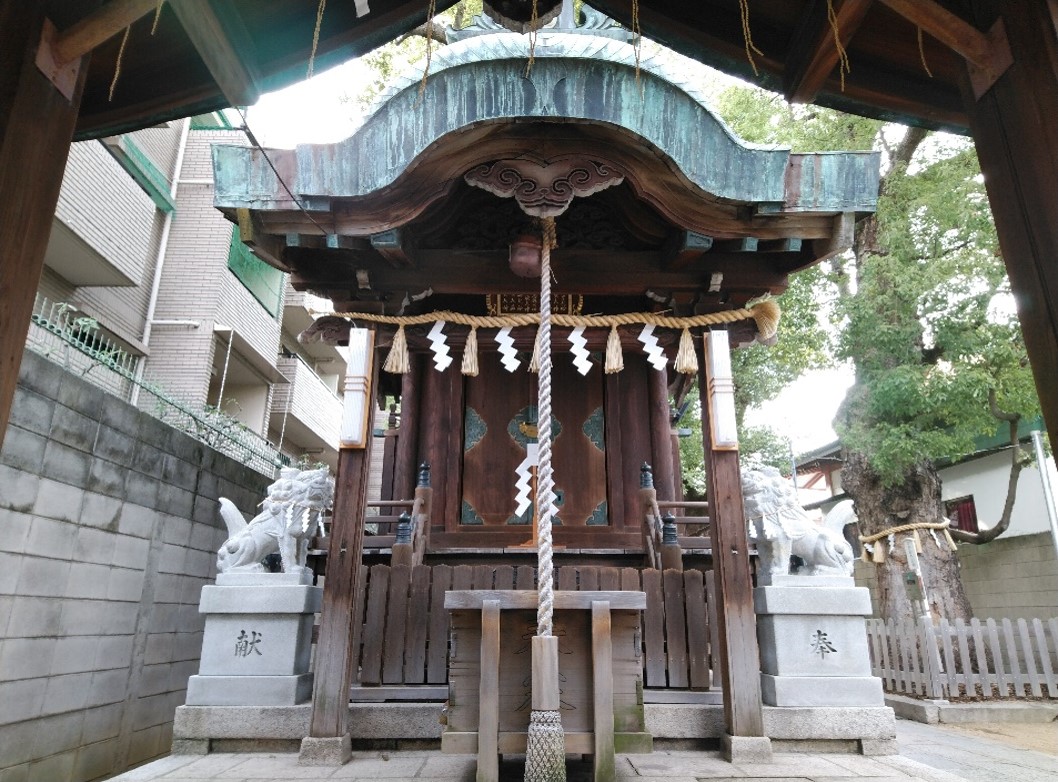
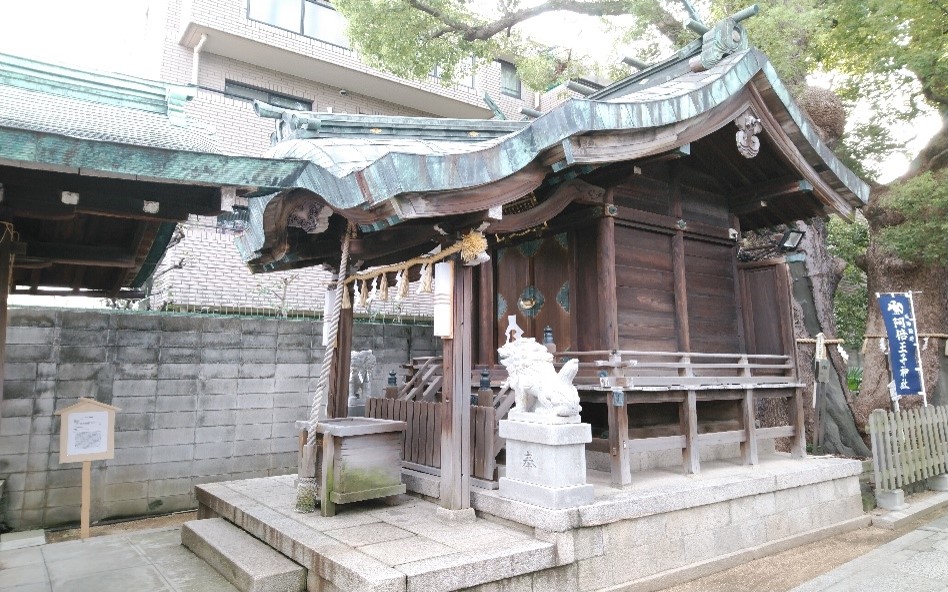
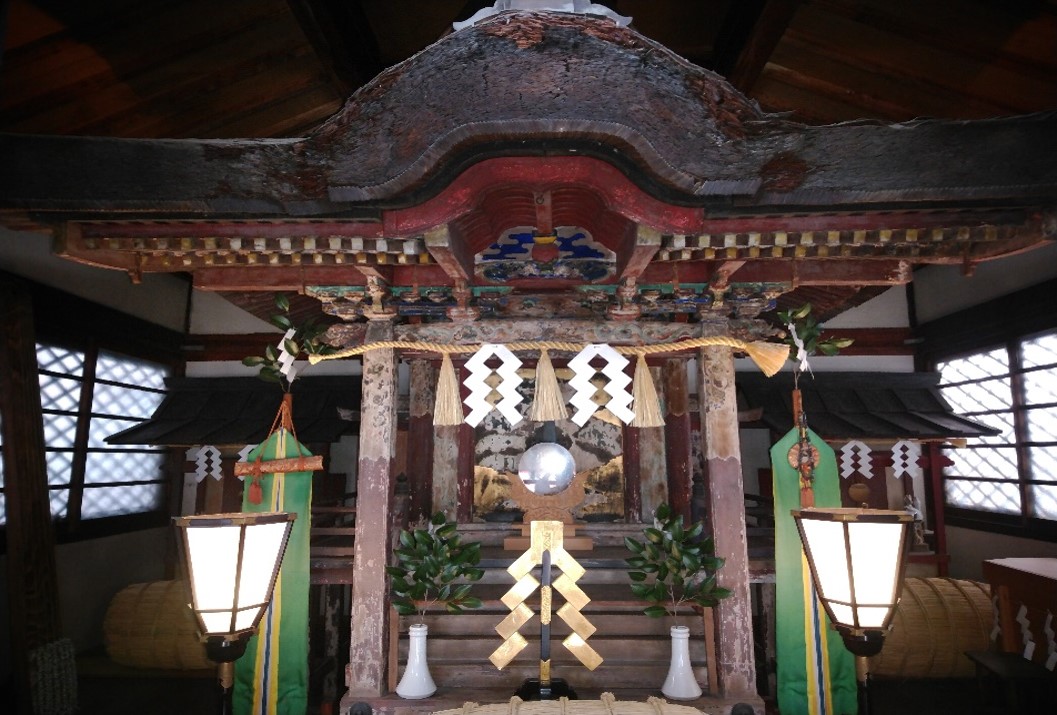
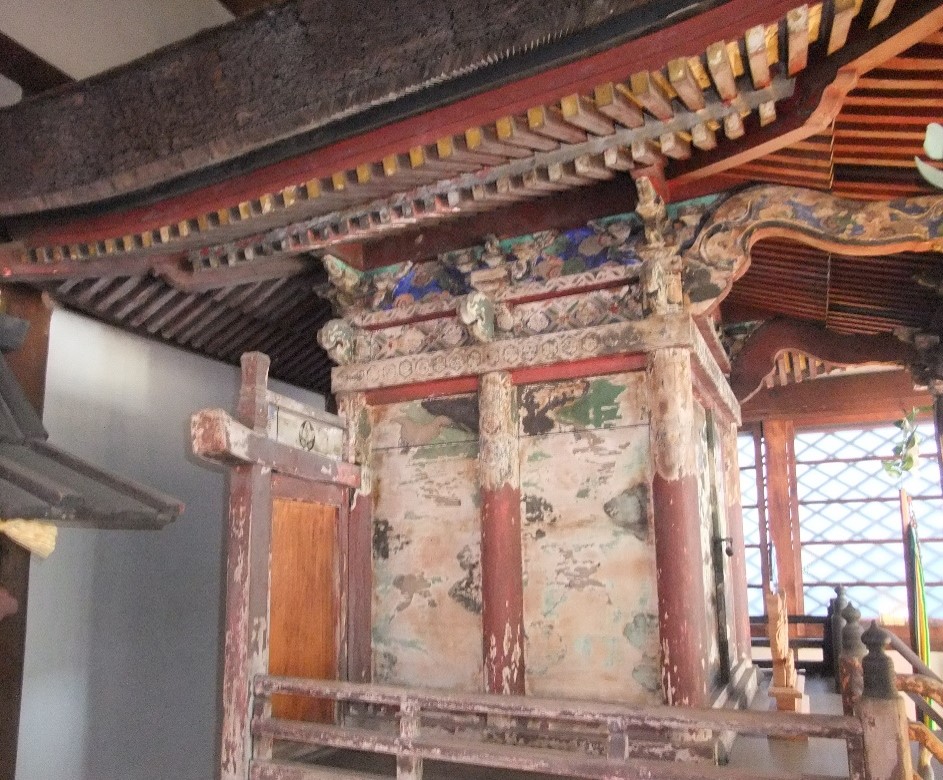
Name Abeno Oji Shrine main Hall ( former Otokoyama Hachiman Shrine main Hall) Address 9-4 Abeno Motomachi, Abeno-ku, Osaka City, Osaka TEL/FAX 06-6622-2565(TEL)/06-6622-2993(FAX) HP http://abeouji.tonosama.jp/ E-mail abeoujis@titan.ocn.ne.jp Architecture age Main hall of Abeno Oji Shrine built in 1909 Old Main Hall of Otokoyama Hachiman Shrine: built during the Edo period Building type Religious buildings Construction Main hall of Abeno Oji Shrine: Wooden structure, Ikken-sha-Nagare Zukuri (one-span asymmetrical gable roof), copper roofing Otokoyama Hachiman Shrine Main Hall: Wooden structure, Ikken-sha-Kumagi-iri Kasuga-Zukuri (one-span asymmetrical gable roof with ridge decoration), cypress bark roof Outline explanation According to “Setshu Higashinarigun Abegongen Engi” (in the shrine documentation), this Abeoji shrine, founded by Emperor Nintoku, flourished as a branch of Kumano Shrine at a time when Kumano pilgrimages were popular. Today it houses the patron deity of the people of Abeno. The former main shrine was built in 1682 and moved and renovated in 1908. The Otokoyama Hachiman Shrine was built in Semba Azuchimachi in 1688, and was moved (relocation of the deity) to the Abeno site in 1907, in accordance with the Shrine Enshrinement Law in force at the time. The Semba district was burnt down in an air raid during World War II, and the former main pavilion of the Otokoyama Hachiman Shrine is the only remnant of what the Semba Shrine looked like in the Edo period.
Cultural property type Registered Tangible Cultural Properties Event link open to the public note 
-
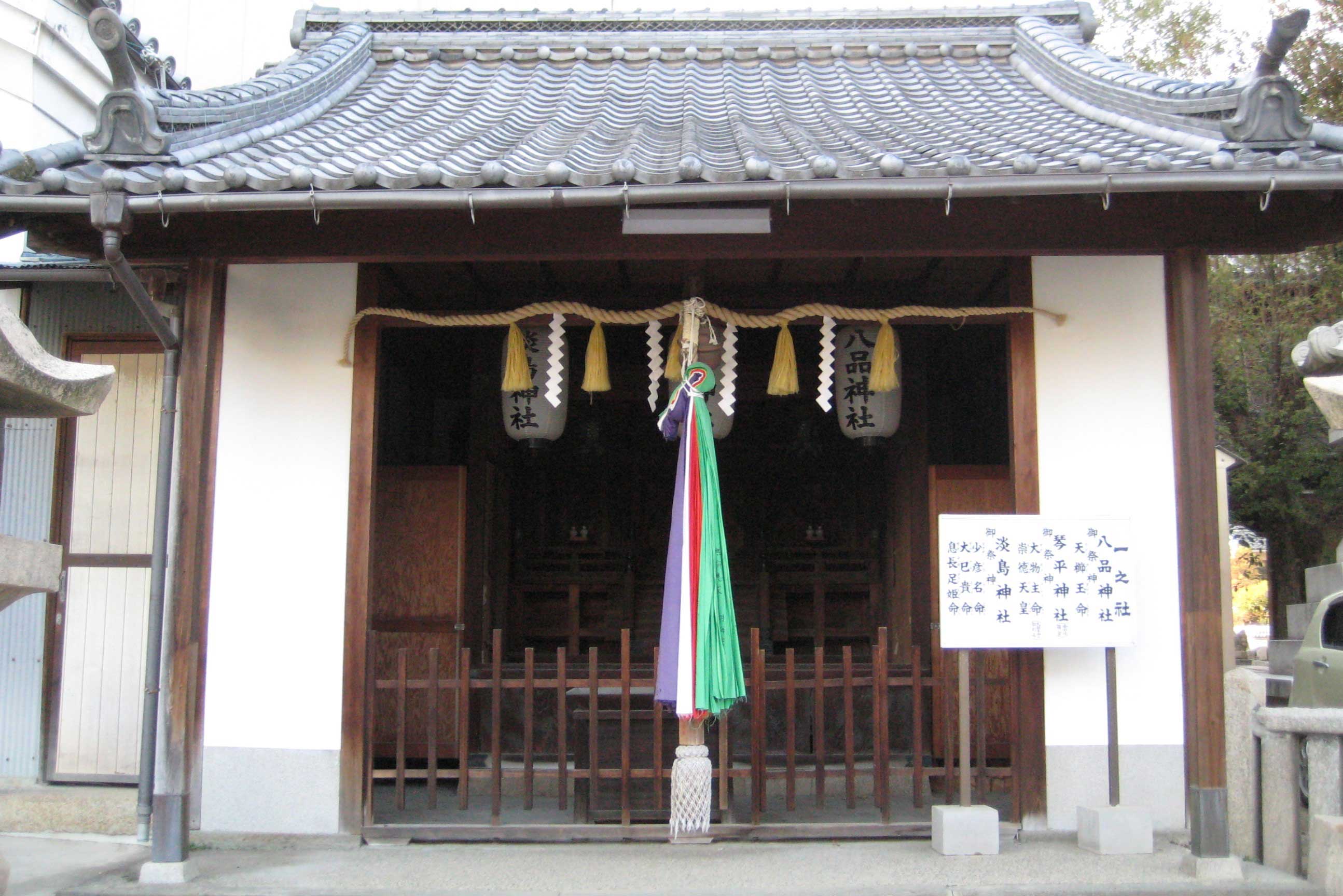
Kanda Shrine ŌĆ”
The twelve facilities are registered as tangible cultural propertiesŌĆ”
-

MIKI GAKKI CoŌĆ”
In 1825 (Bunsei 8) of the Edo Period, Sasuke Kawachiya founded the pŌĆ”
-
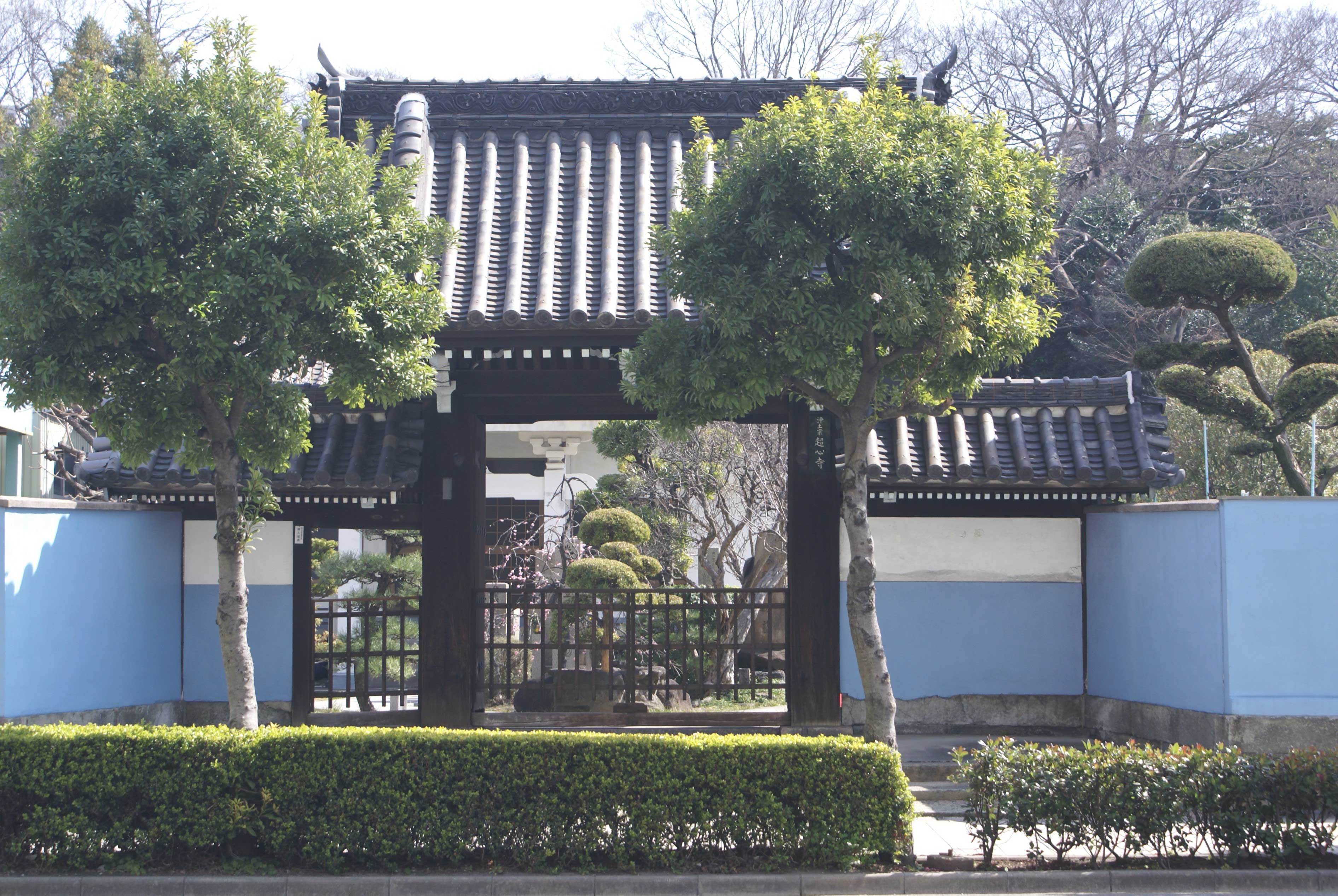
Choshinji SanŌĆ”
It has been said that Choshinji temple was relocated to the present ŌĆ”
more’╝×-

Jiganji HondoŌĆ”
The temple belongs to Jodo Shinshu sect Hongan-ji school locates neaŌĆ”
-
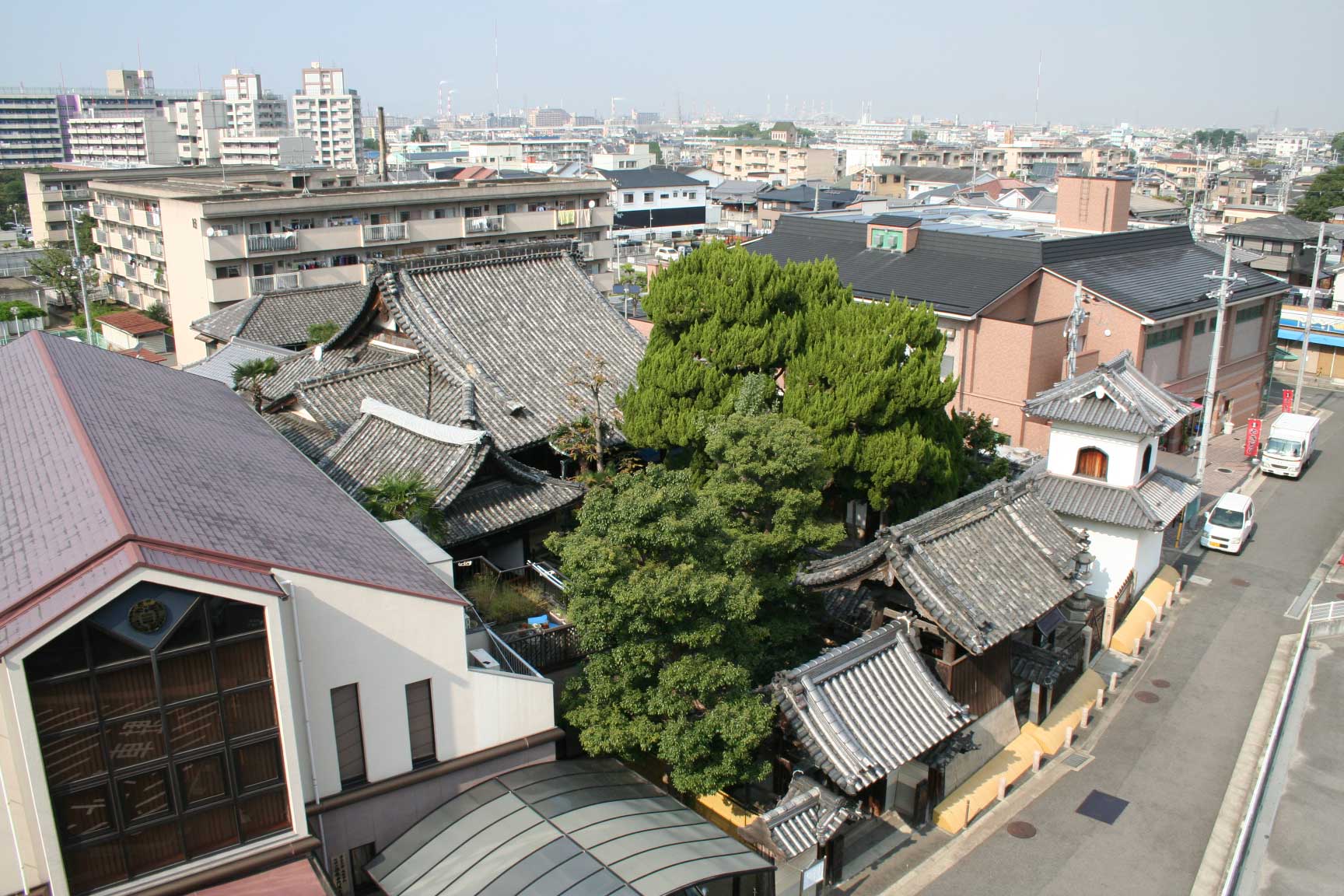
Saikyouji TemŌĆ”
Saikyouji Temple was moved to present location with the residents ofŌĆ”
-
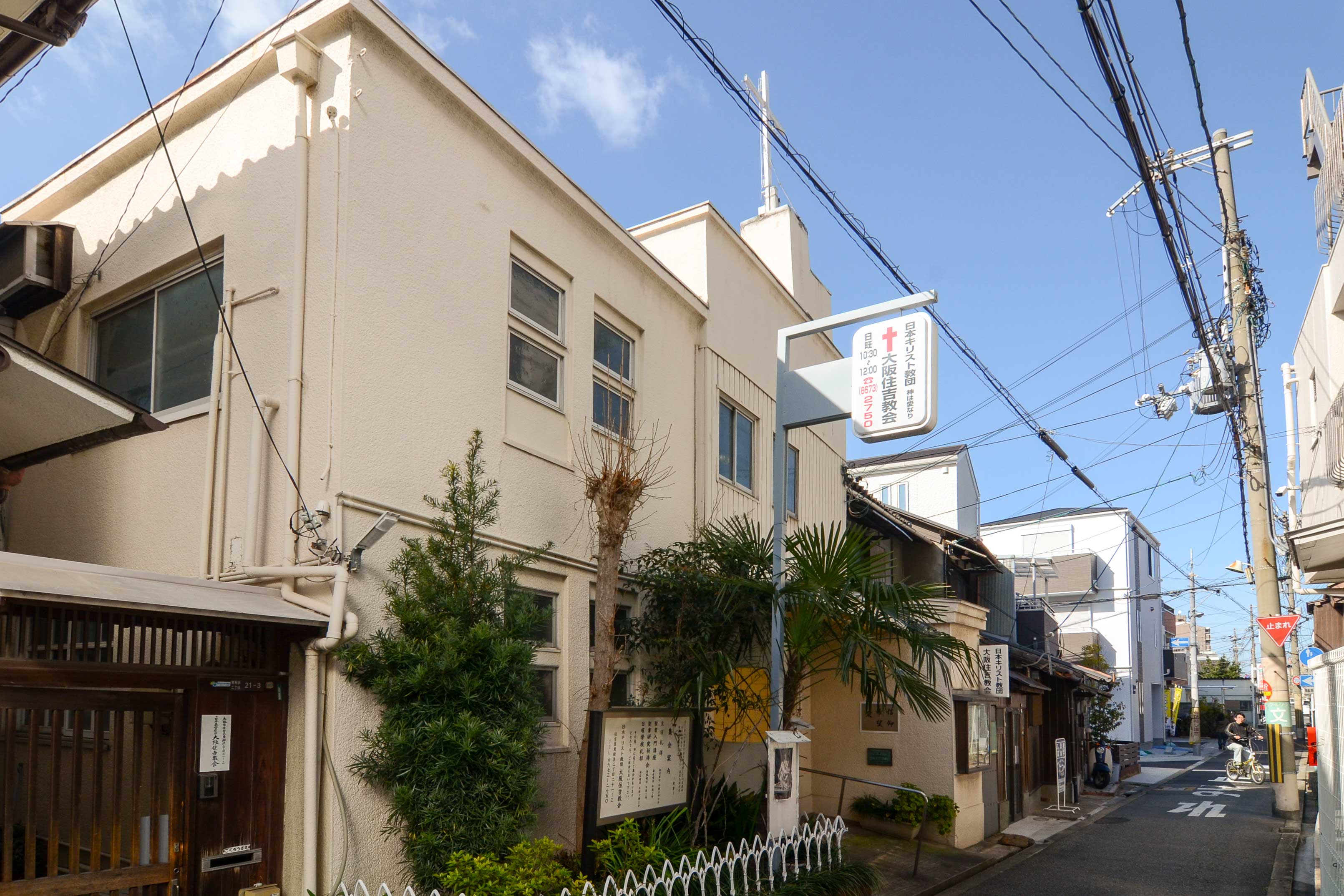
OsakaSumiyoshŌĆ”
Located on a block between Nankai Honsen and Hankai Tram Line. AccorŌĆ”
more’╝×
ŃüōŃü«ŃéóŃéżŃé│Ńā│ŃüīŃüéŃéŗÕåÖń£¤ŃéÆŃé»Ńā¬ŃāāŃé»ŃüÖŃéŗŃü©õ╝ØńĄ▒ÕĘźµ│ĢŃü«Ķ®│ń┤░Ńüīńó║Ķ¬ŹŃü¦ŃüŹŃüŠŃüÖŃĆé

